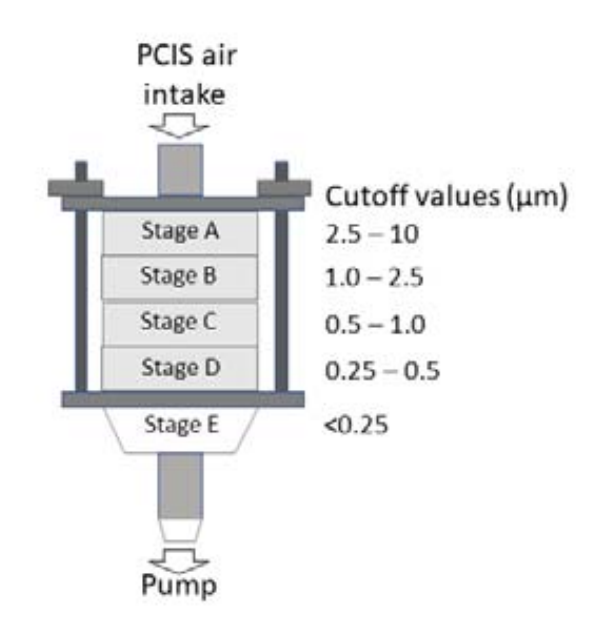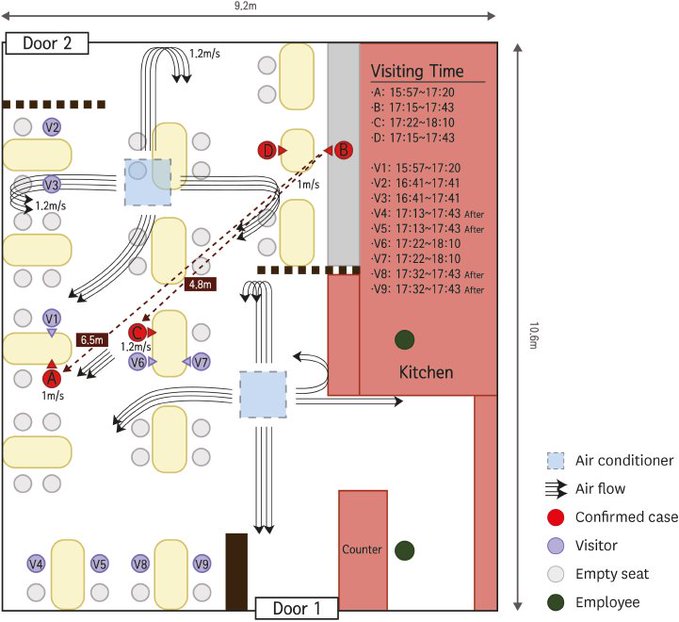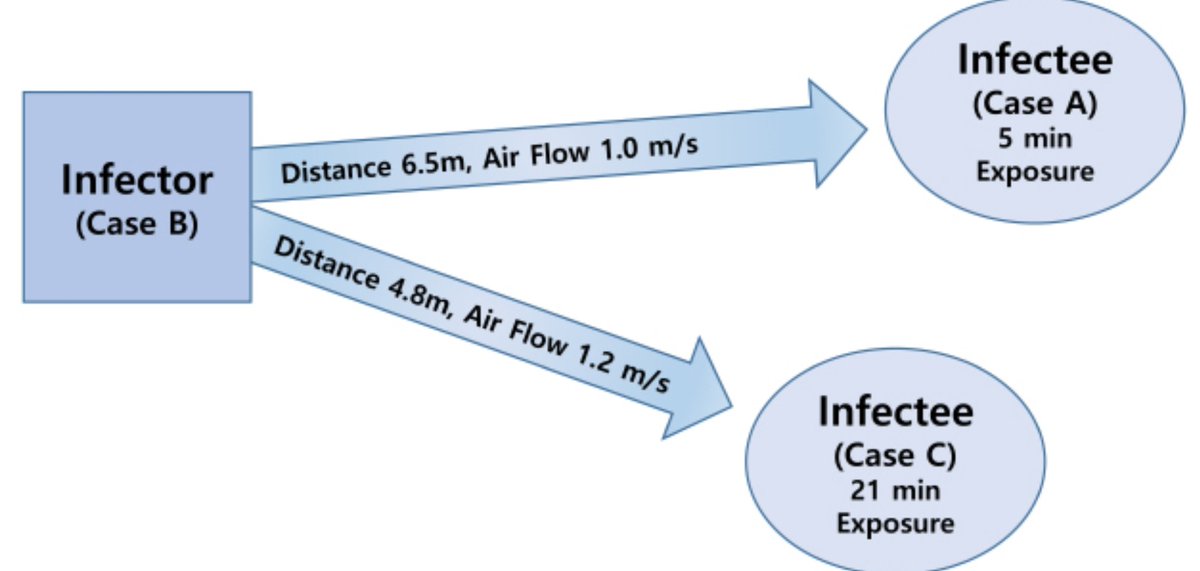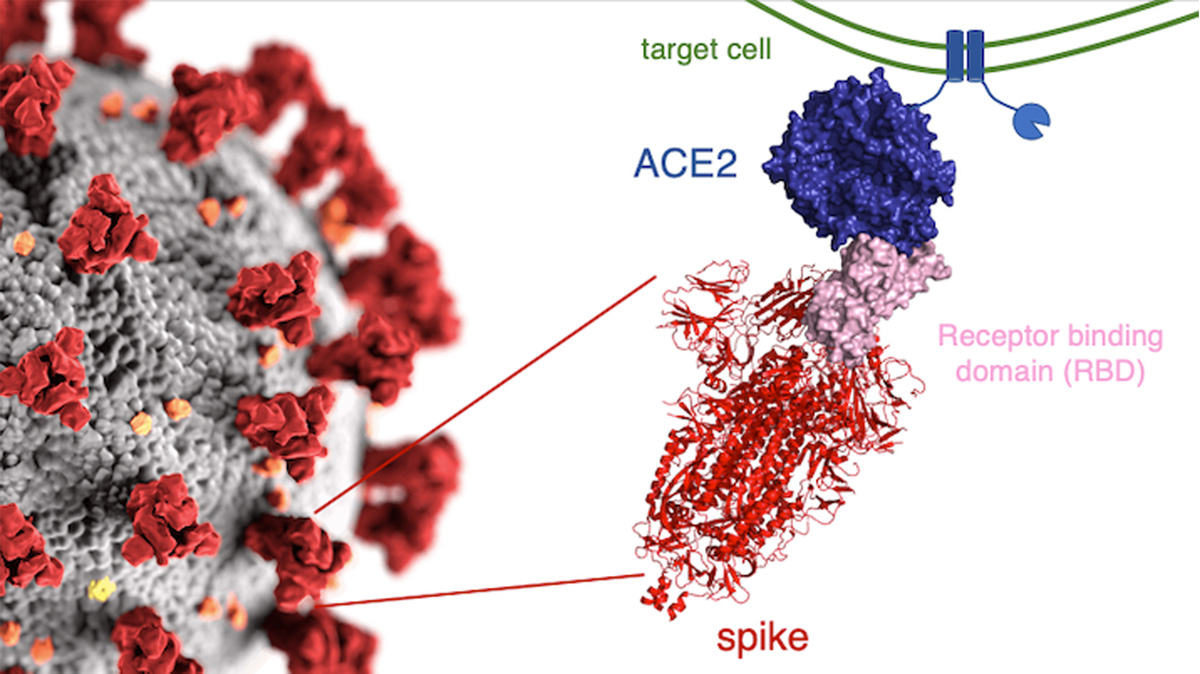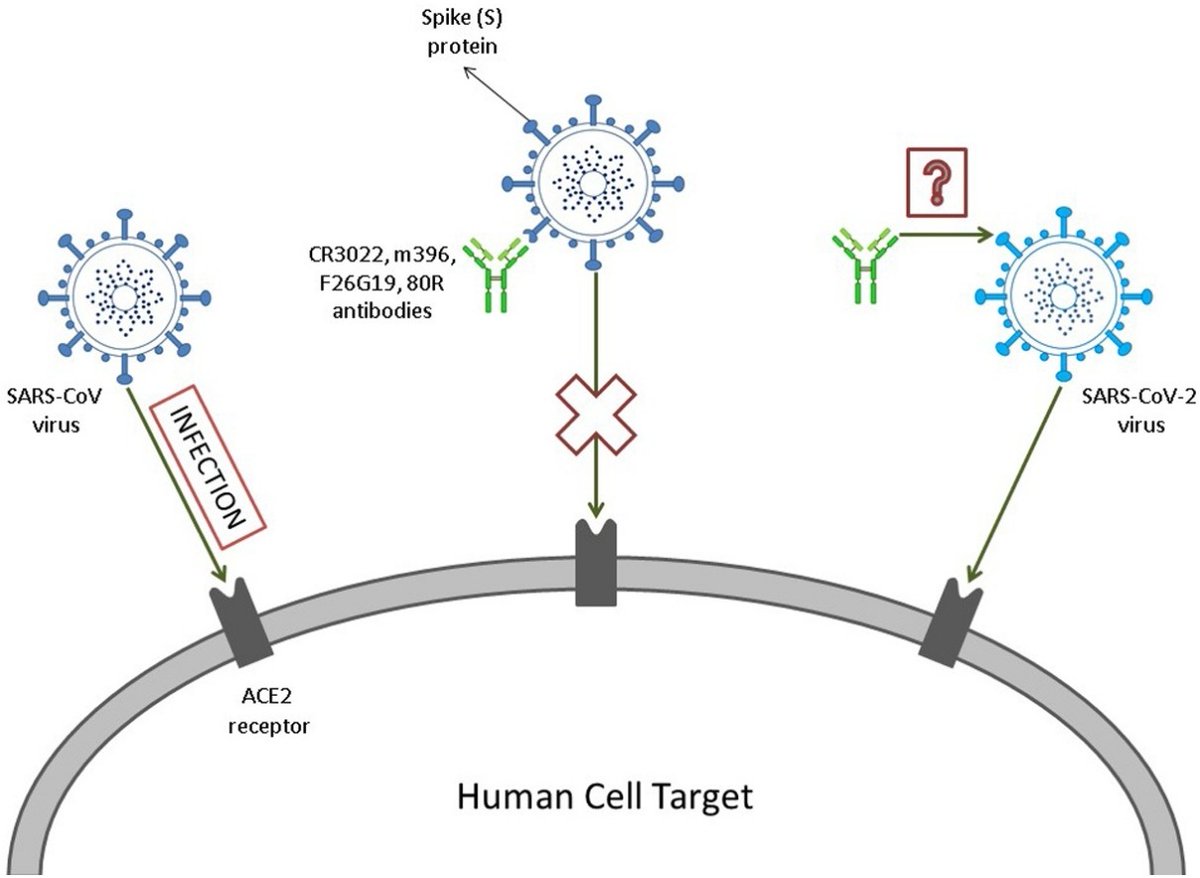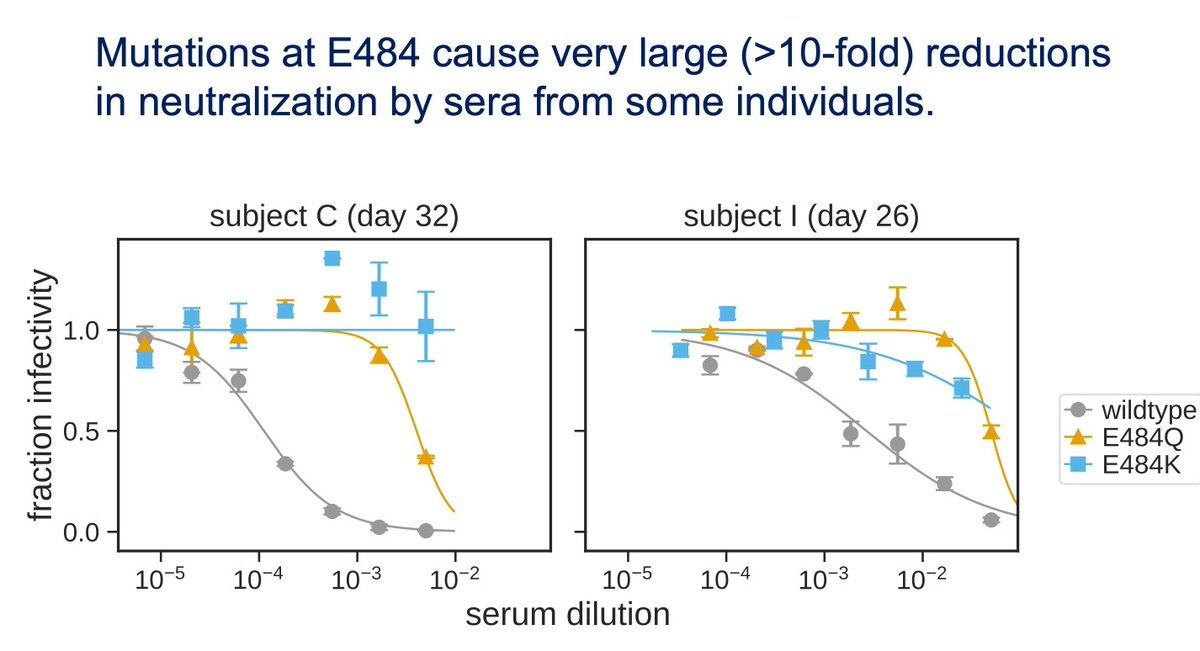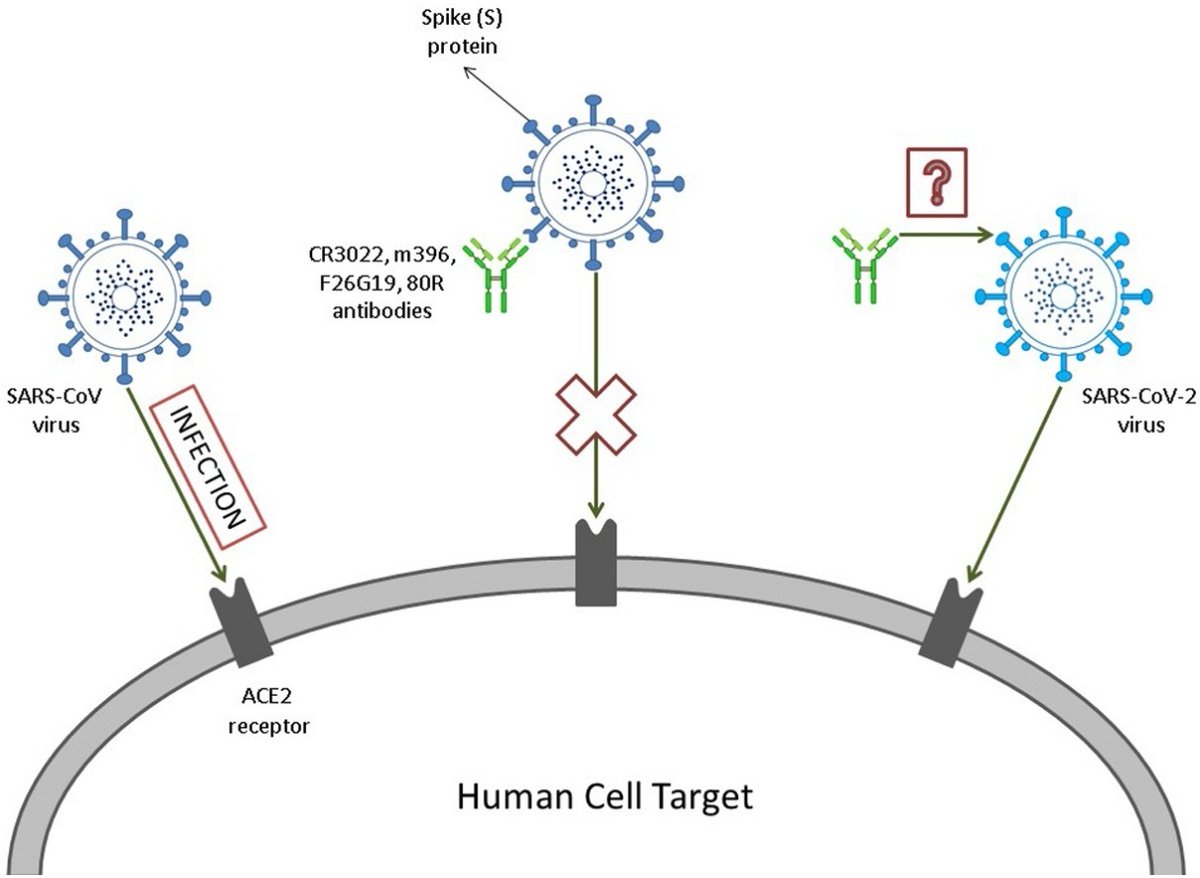
1/How SARS-COV-2 infects cells: ~24-40 Spike proteins stick out of the surface of the virus. They're key to the virus attaching itself to human cells. SARS-CoV-2 spikes are flexible & flop around, making it easier for multiple Spikes to grab cells. @Nature piece by @Scudellari 🧵
2/ The variants of concern have mutations in the S1 subunit of Spike protein, which includes RBD — the part of Spike that grabs the human ACE2 receptor. The Delta variant has multiple mutations in the S1 subunit, including some in RBD that may improve its ability to bind ACE2. 

3/Once the S1 part of Spike binds human ACE2 receptor, another enzyne on human cells, TMPRSS2, cuts Spike’s S2 subunit and allows the virus to "fuse" with the human cell. The virus then "ejects its genome directly into the cell"
4/Once virus RNA genome is in the cell, the human cellular machinery translates the RNA into proteins that assemble together and give rise to new viruses that go on to infect other cells. This is a cross section image of SARS-CoV-2 viruses/virions
Article: rb.gy/ute5u6
Article: rb.gy/ute5u6

5/Vacines are effective because they turn some of our cells into factories that can make antibodies against Spike or other parts of the virus in order to neutralize it. Here's how one of the vaccines is made.👇
https://twitter.com/AliNouriPhD/status/1325798887832104962?s=19
• • •
Missing some Tweet in this thread? You can try to
force a refresh




